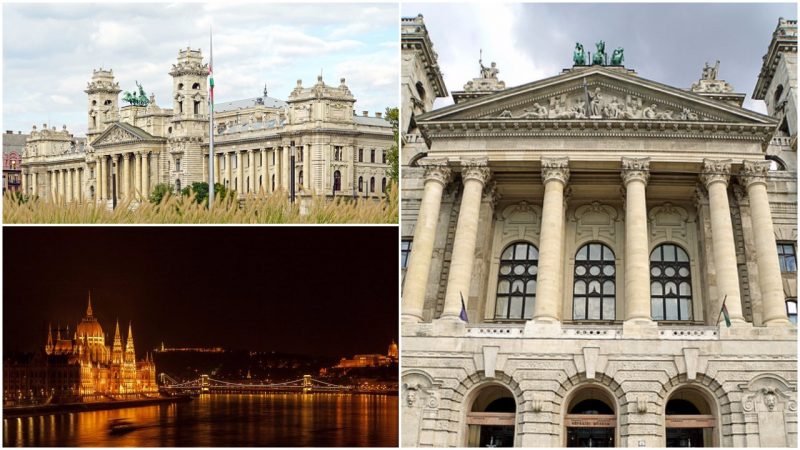Founded in 1872 as a subdivision of the Hungarian National Museum, the Museum of Ethnography in Budapest is one of Europe’s largest, oldest, and most famous museums.
Its diverse collection includes more than 200,0000 ethnographic artifacts, historical photographs, folk music recordings, videos, and manuscripts of both Hungarian and international cultural interest.
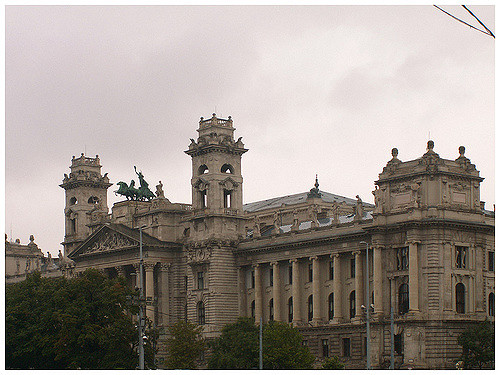
The first collection that the museum had was an East Asian collection of John Xantus, who was museum’s first director. From the 1890s onward, the institution shifted its focus toward preserving the disappearing values of Hungarian culture. It formally split from the National Museum in 1947 to function as a separate institution.
But it took 26 years for the Ethnographic Museum to relocate and have the building that’s known today. The grand building where the museum has been based since 1973 is on Kossuth Square, opposite the Parliament Building. It was originally built by Alajoz Hauszmann for the Ministry of Justice.
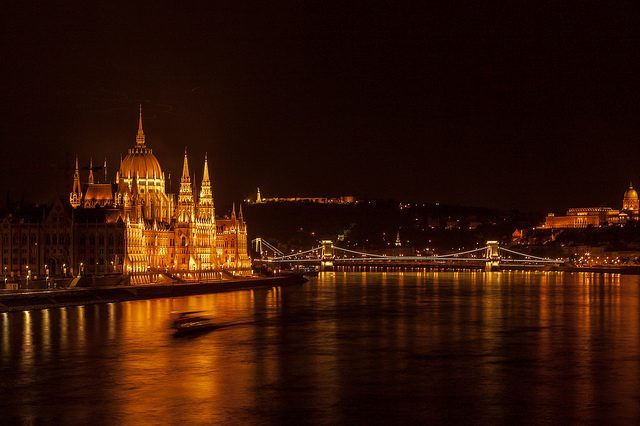
The museum houses the largest collection and archive of traditional Hungarian folk objects of the 19th century. Also included are pieces from everyday Hungarian life from before World War II, such as pottery, costumes, and furniture. Many of the objects are from Slovakia and Romania.
In regards to certain areas of study, the remaining European collection besets every ethnic group on the continent. There are also specially collected authentic artifacts from America, Asia, Oceania, Africa, and Indonesia, assembled by many famous Hungarian ethnologists and world travelers.
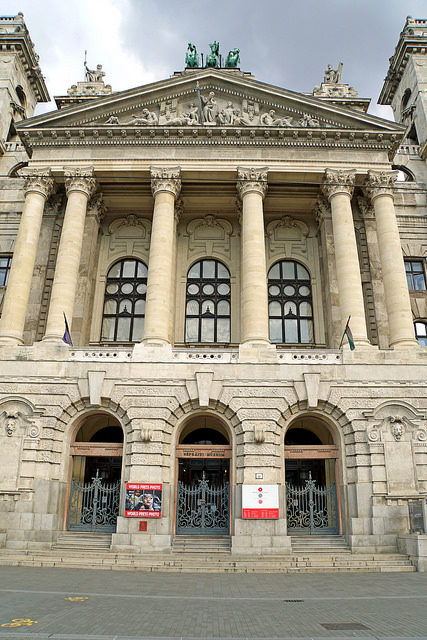
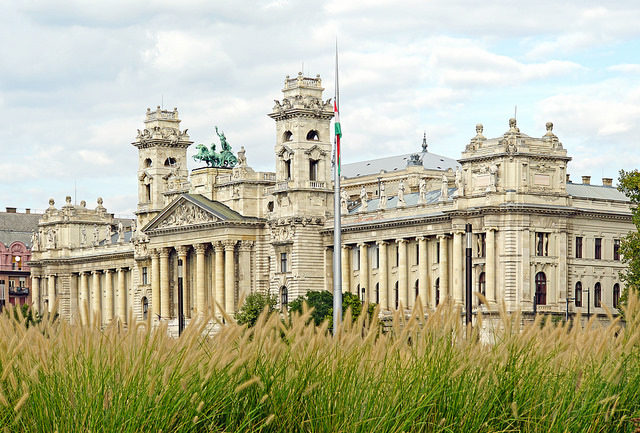
Visitors who enter this stunningly beautiful building are offered an easy introduction to traditional Hungarian life, with thousands of displays in a dozen rooms on the first floor. Some priceless objects are examined through some institutions, which belong to many different beliefs and stages of life. Furthermore, the peasant model houses from the Őrség and Sárköz regions of west and southwest Hungary are incredibly well reconstructed.
Although the Ethnography Museum in Budapest is not yet considered a professionally commercialized venue like in other European countries, foreign-language audio tour guides are available. The great thing about that is that the history of the objects can speak for themselves without being burdened by historians’ interpretations. The drawback is that if you are somewhat interested in a particular object or aspect of history, you must get in touch with the people at the museum before your visit.
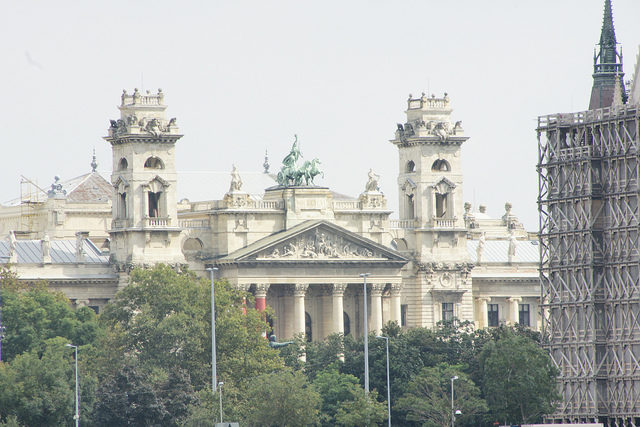
Nevertheless, the classy atmosphere and the easy approachability of the Budapest Ethnography Museum makes it not just a prominent focal point of Hungarian cultural life, but also quite a suitable gathering place for tourists.
Learning about the history of cultural objects as found in the Museum of Ethnography is to glimpse a different way of understanding history and culture.
